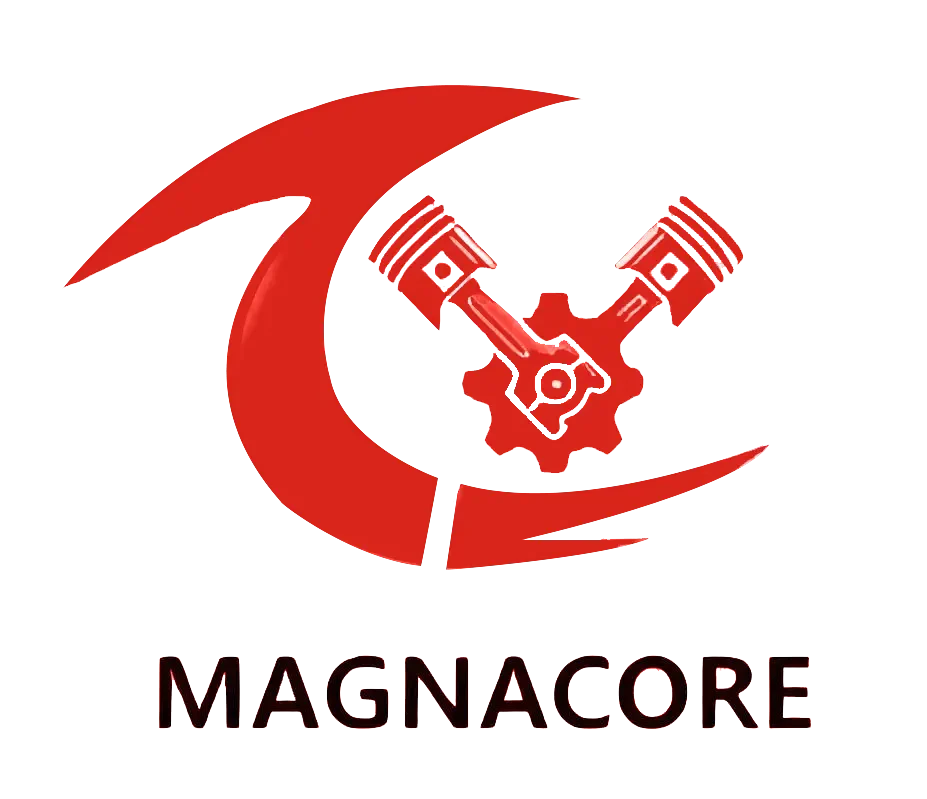The world of robotics is evolving rapidly, driven by the need for precision, efficiency, and power.
At the heart of many advanced robotic systems lies a critical component: the permanent magnet synchronous motor (PMSM).
Known for their high torque and energy efficiency, PMSMs are revolutionizing high-torque applications in robotics.
This article explores how these motors are transforming the industry and why they are the ideal choice for demanding robotic tasks.
Why Are Permanent Magnet Synchronous Motors (PMSMs) Ideal for High-Torque Applications?
Superior Torque Density
PMSMs are known for their remarkable torque density, meaning they can produce a substantial amount of torque relative to their size and weight.
This feature is particularly advantageous in applications where space is at a premium, such as in compact robotic systems.
High torque density enables PMSMs to deliver powerful performance without requiring bulky drives, making them a perfect choice for modern robotics.
This enhanced torque capability allows engineers to design smaller, lighter robots that still meet demanding operational requirements, thereby optimizing overall system performance.
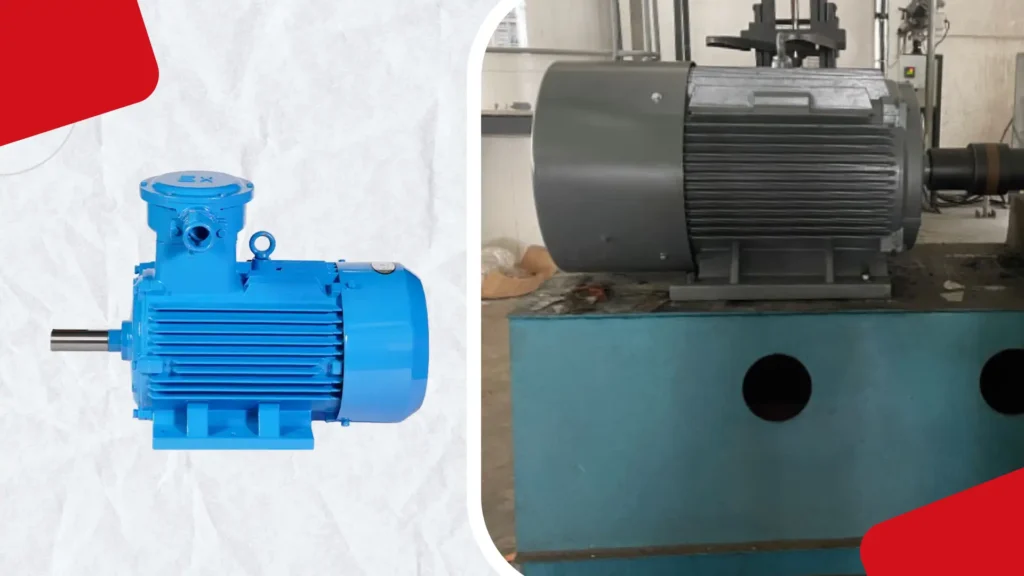
High Efficiency and Energy Savings
PMSMs are highly efficient, resulting in minimal energy loss during operation.
This efficiency translates to significant energy savings, which is crucial for both operational costs and the longevity of the power supply in battery-operated robotic applications.
By optimizing power usage, PMSMs help to extend the battery life of mobile robots, reducing the frequency of recharges and allowing for longer operational periods between battery changes. T
his efficiency not only benefits manufacturers by lowering energy costs but also contributes to more sustainable practices in robotics.
Precise Speed and Position Control
PMSMs excel in providing precise speed and position control due to their synchronous operation.
This precision is essential in applications such as robotic arms, automated guided vehicles (AGVs), and CNC machines, where accuracy is paramount.
The ability to control the motor’s rotation speed and position with high fidelity ensures that robots can perform tasks with exactitude, whether it’s painting, assembly, or material handling.
This level of control not only enhances the functionality of robotic systems but also improves their performance and effectiveness in complex industrial tasks where exact positioning is crucial.
Also Read:
- Permanent Magnet Synchronous Motor Comparison
- A Comprehensive Guide to PMSM Manufacturers in China
- Customizing Rare Earth PMS Motors for Specific Industrial Needs
How Do PMSMs Enhance Robotic Performance?
Improved Dynamic Response
PMSMs significantly enhance the dynamic response of robotic systems by providing rapid acceleration and deceleration capabilities.
This improved dynamic response enables robots to perform complex movements with agility and precision.
The responsiveness of PMSMs ensures that robots can adapt to changing operational conditions in real time, improving their versatility and effectiveness across various tasks.
This higher level of agility allows manufacturers to deploy robots in a wider range of applications, maximizing their investment in automation technologies.
Reduced Heat Generation
One of the notable advantages of PMSMs is their ability to generate less heat during operation compared to traditional motors.
This heat reduction is primarily due to their high efficiency, which means more of the electrical energy is converted into mechanical power rather than being lost as heat.
This characteristic is particularly beneficial in robotic applications, where excessive heat can lead to overheating issues, potentially damaging sensitive components or requiring complex cooling systems.
By minimizing heat generation, PMSMs improve the reliability and operational lifespan of robotic systems.
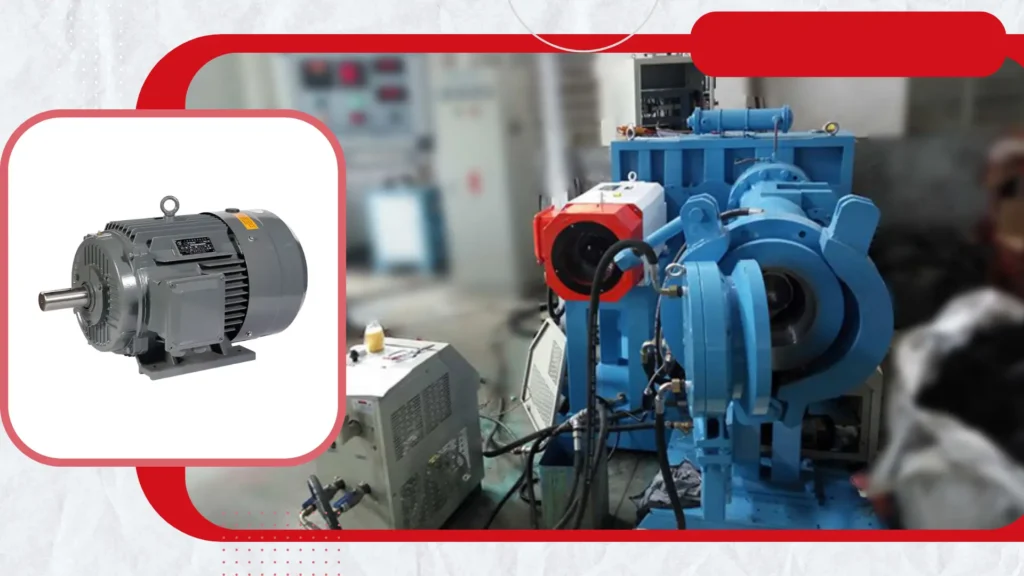
Compact and Lightweight Design
The compact size and lightweight nature of PMSMs make them exceptionally suitable for integration into space-constrained robotic systems.
In many robotics applications, engineers are often challenged by limited space for components; therefore, choosing a motor that offers a high power-to-weight ratio is crucial.
PMSMs allow for robust performance without the bulk typically associated with alternative motor types.
This compact design not only simplifies installation but also contributes to overall weight reduction, enhancing the robot’s maneuverability and agility.
What Are the Key Applications of PMSMs in Robotics?
Industrial Robotic Arms
PMSMs play a crucial role in powering industrial robotic arms, where high torque and precision are essential for various manufacturing tasks.
These motors deliver the required force to handle heavy components during processes such as welding, assembly, and material handling.
The ability of PMSMs to provide consistent torque output ensures that these robotic arms can operate efficiently even under heavy loads, enhancing throughput in production lines.
Furthermore, the precise control capabilities of PMSMs allow for intricate movements, enabling robotic arms to perform delicate operations such as installing electronic components or inspecting products.
Autonomous Mobile Robots (AMRs)
In the realm of AMRs, PMSMs are essential for achieving smooth maneuverability and efficient load-carrying capabilities.
AMRs are increasingly employed in logistics and warehousing to transport goods and materials autonomously.
The high torque density of PMSMs allows AMRs to navigate various terrains, including uneven surfaces, while maintaining control over acceleration and deceleration.
This capability is particularly crucial in dynamic environments where AMRs must react quickly to obstacles or changes in their surroundings.
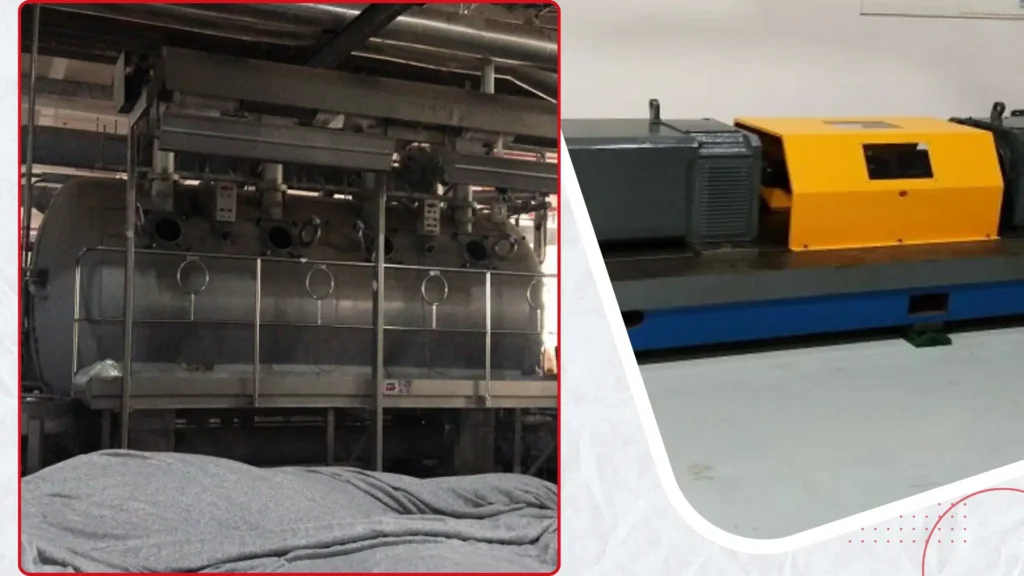
Collaborative Robots (Cobots)
Collaborative robots, or cobots, are designed to work alongside humans, and they greatly benefit from the quiet operation and precise control offered by PMSMs.
In environments where humans and robots share the workspace, safety is a paramount concern.
PMSMs enable cobots to operate with minimal noise and vibrations, creating a more comfortable work environment for human operators.
Moreover, the precise control capabilities of PMSMs allow cobots to perform delicate tasks accurately, such as assembling components with exacting specifications or conducting quality inspections without disturbing their human counterparts.
What Makes PMSMs a Sustainable Choice for Robotics?
Energy-Efficient Operation
One of the most compelling features of PMSMs is their energy-efficient operation.
Compared to traditional motors, PMSMs consume significantly less power while delivering the same performance level, which contributes to lower energy costs for organizations.
This efficiency is particularly beneficial in high-demand applications such as robotics, where sustained energy consumption can lead to substantial operational expenses.
By reducing power usage, PMSMs also help decrease the carbon footprint of robotic systems, aligning with global efforts toward sustainability and environmental responsibility.
Longer Lifespan with Minimal Maintenance
The robust design of PMSMs translates to a longer operational lifespan with minimal maintenance requirements.
Unlike traditional motors that may experience quicker wear and tear due to friction and heat generation, PMSMs are built to endure heavy use without significant deterioration.
This durability reduces the frequency of repairs and maintenance checks, resulting in lower downtime and replacement costs.
The ability to operate consistently and reliably over extended periods ensures that businesses can maintain productivity without interruptions.
Compatibility with Renewable Energy Systems
PMSMs can be easily integrated with renewable energy systems, such as solar-powered robotic setups.
This compatibility enhances the sustainability of robotic operations, allowing organizations to utilize clean energy sources to power their machinery.
By leveraging renewable energy, companies can further decrease their reliance on fossil fuels, resulting in a more diversified energy portfolio that promotes environmental stewardship.
This integration not only boosts the overall efficiency of robotic systems but also aligns with global sustainability goals, making PMSMs a forward-thinking choice for organizations aiming to enhance their ecological footprint.
As businesses increasingly seek out sustainable solutions, the capacity of PMSMs to work with renewable energy sources positions them as a vital component in the future of robotics.

How Do PMSMs Compare to Other High-Torque Motors?
PMSMs vs. Induction Motors
PMSMs and induction motors are both widely used in industrial applications, but they have significant differences that affect their performance.
While induction motors are known for their robustness, simplicity, and cost-effectiveness, they generally fall short when it comes to efficiency and torque density.
PMSMs have a higher torque output relative to their size, meaning they can produce more power without taking up additional space.
This advantage makes PMSMs particularly suitable for high-torque applications such as robotics.
PMSMs vs. Brushed DC Motors
Brushed DC motors are known for their simplicity and ease of control but come with inherent limitations due to their reliance on brushes.
This mechanical contact leads to wear and tear over time, necessitating more frequent maintenance and potentially reducing the motor’s lifespan.
In contrast, PMSMs are brushless and therefore exhibit higher reliability and longevity, making them ideal for applications where maintenance needs to be minimized.
Moreover, PMSMs provide better efficiency, allowing for longer operational periods with less energy consumption.
PMSMs vs. Stepper Motors
Stepper motors are commonly used for applications requiring precise positioning and repeatability, making them popular in scenarios like 3D printing and CNC machinery.
However, they typically struggle to deliver the high torque and speed capabilities that PMSMs provide.
Stepper motors operate in discrete steps, which can limit their efficiency and responsiveness, especially in high-performance applications requiring fast, continuous motion.
PMSMs, on the other hand, offer smooth continuous rotation with robust torque output, making them highly suitable for dynamic robotic tasks that demand agility and power.
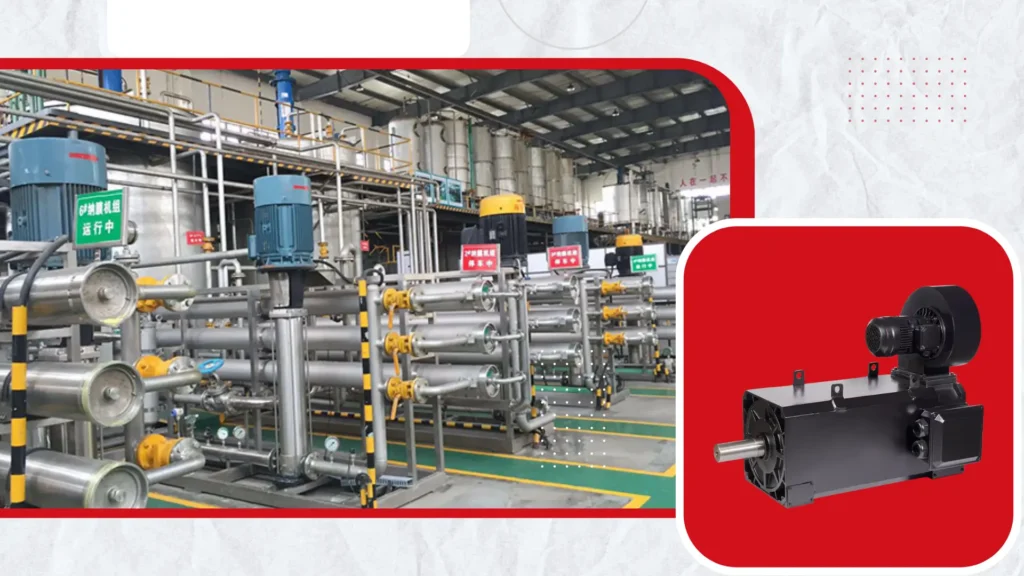
What Should You Consider When Choosing a PMSM for Robotics?
Torque and Speed Requirements
When selecting a PMSM for a robotics application, it is crucial to evaluate the specific torque and speed needs of your project.
Different tasks may require varying levels of torque and different operating speeds.
Understanding these requirements helps ensure that the selected PMSM provides optimal performance under the anticipated operating conditions.
Engineers should conduct a thorough analysis of the application’s demands and match them with the motor’s specifications to avoid underperforming or over-engineering the design.
Size and Weight Constraints
The physical dimensions and weight of the PMSM are critical factors to consider, especially in the design of compact and lightweight robotic systems.
Space constraints may limit the size of the motor that can be integrated into a robot, making it necessary to pick a PMSM that provides sufficient performance without being overly bulky.
Selecting a motor that is well-suited to the size and design of the robot allows for a more efficient layout and movement dynamics.
Additionally, the weight of the motor affects the overall weight of the robotic system, which can impact mobility and energy consumption.
Control System Compatibility
Compatibility with the existing control systems is another vital consideration when choosing a PMSM for robotics.
Ensuring that the motor can easily interface with the current control architecture will streamline the implementation process and reduce setup time.
If the existing control system does not support the PMSM, it may be necessary to invest in upgrading components or even selecting a motor with integrated control capabilities.
Selecting PMSMs that align with established protocols and communication interfaces can facilitate smooth integration and performance tuning.
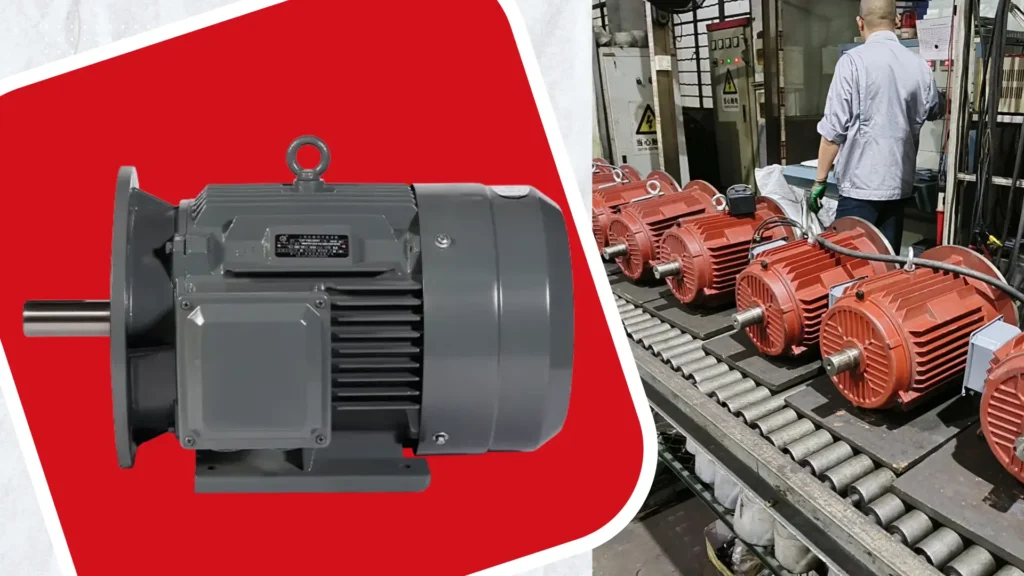
Conclusion
Permanent magnet synchronous motors are revolutionizing high-torque applications in robotics, offering unmatched efficiency, precision, and power.
Their ability to deliver superior performance in compact and energy-efficient designs makes them an essential component for modern robotic systems.
Whether you’re developing industrial robots, autonomous vehicles, or collaborative robots, PMSMs provide the reliability and versatility needed to stay ahead in a competitive market.
By embracing this advanced motor technology, you can elevate your robotic applications and unlock new possibilities for innovation and growth.
